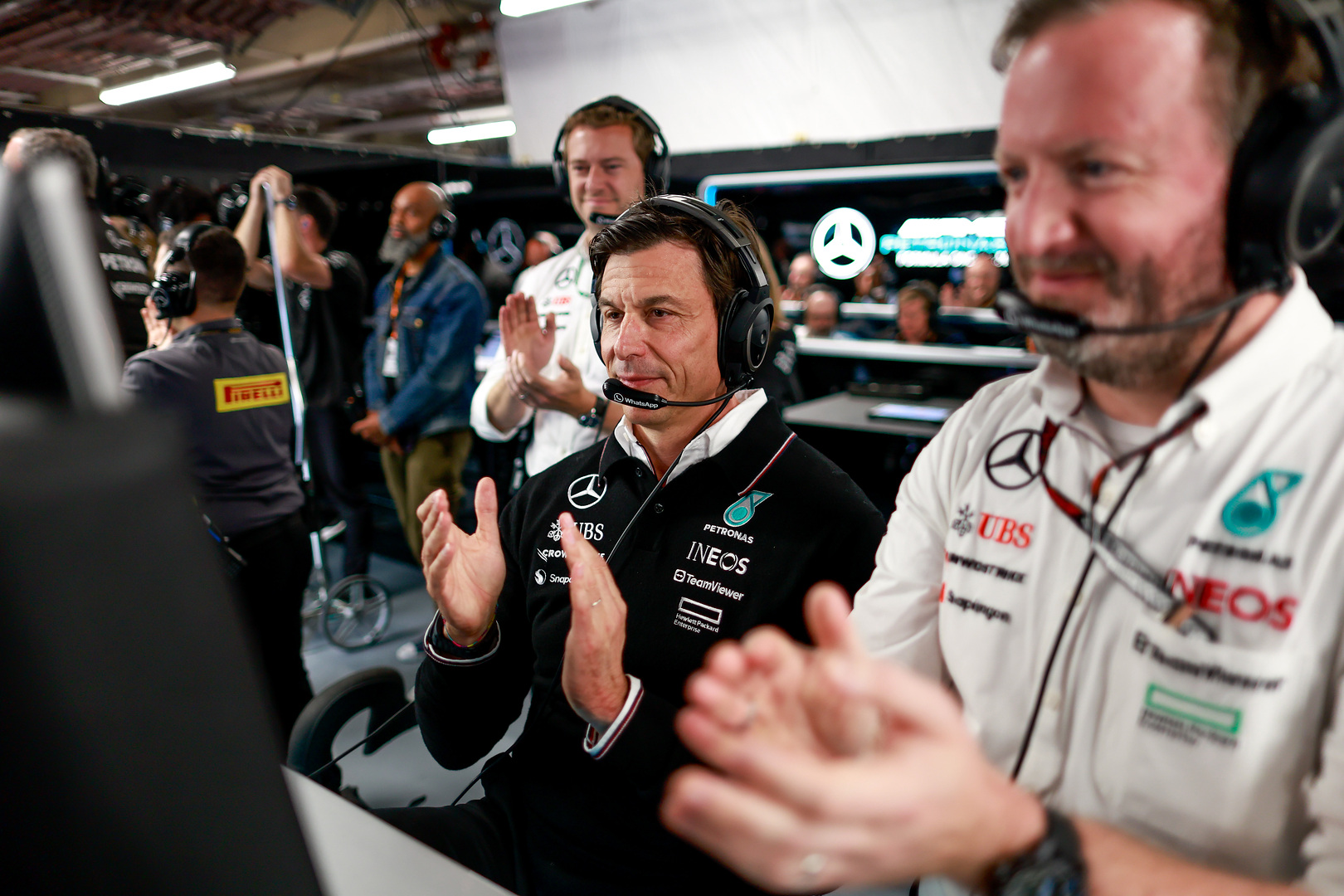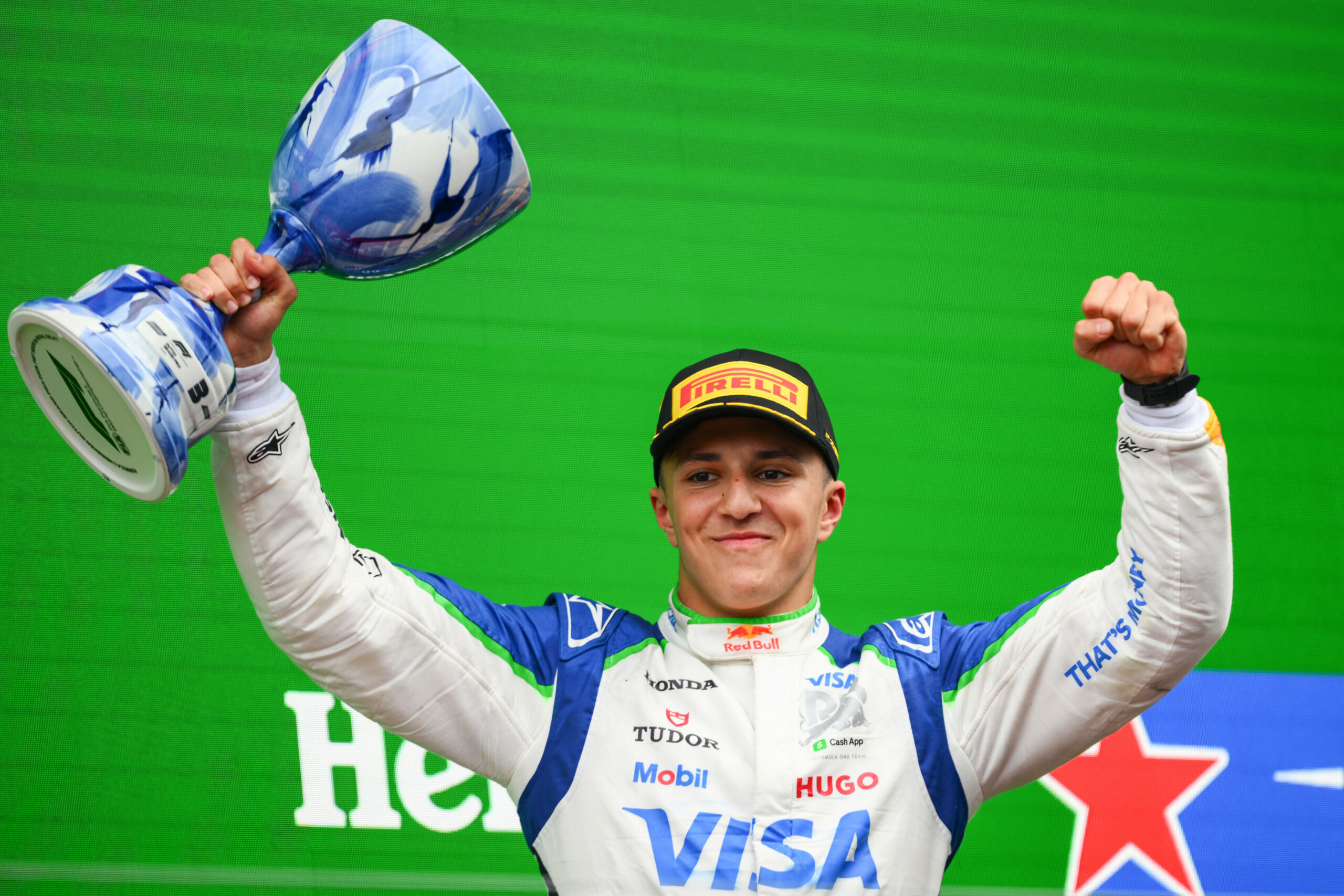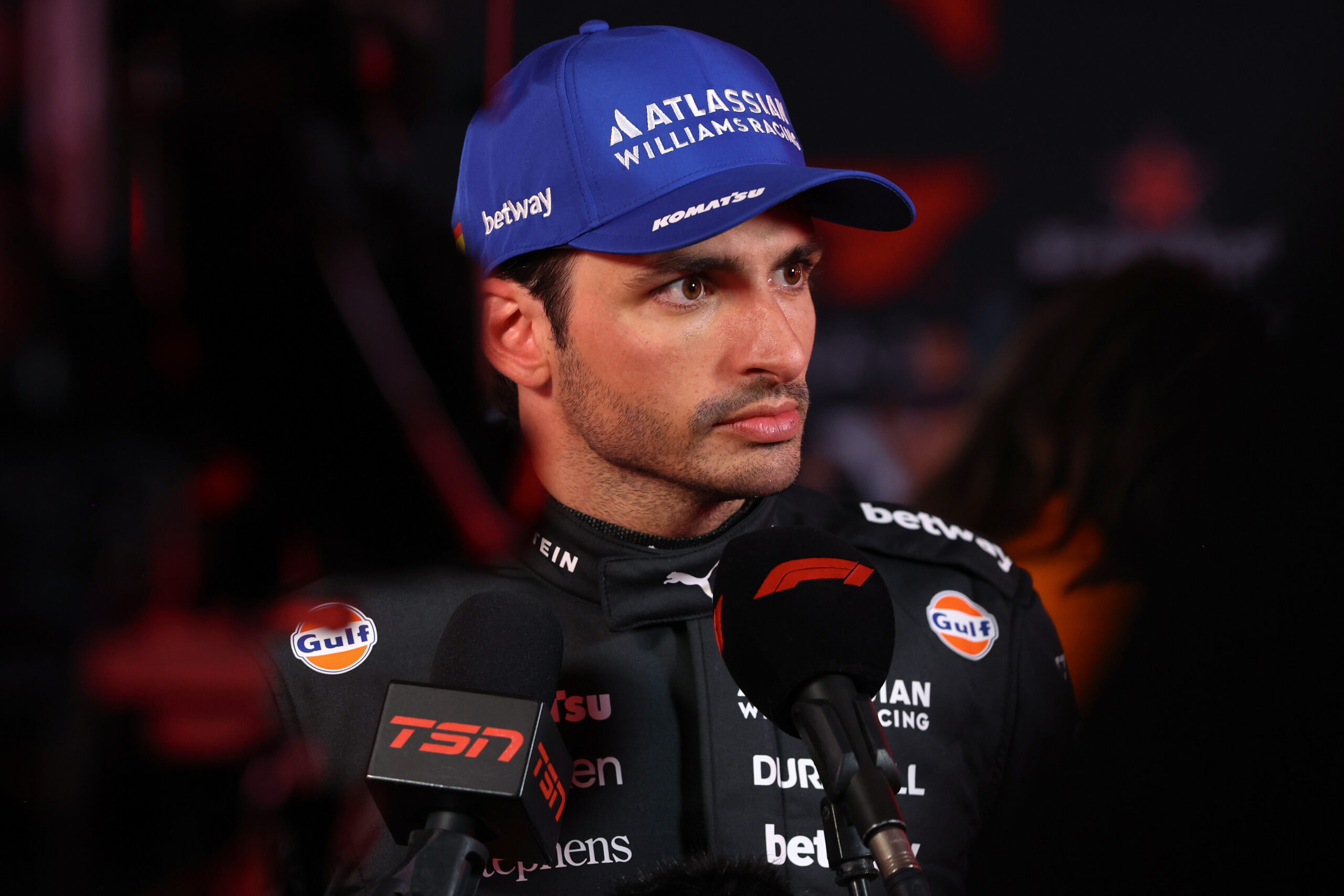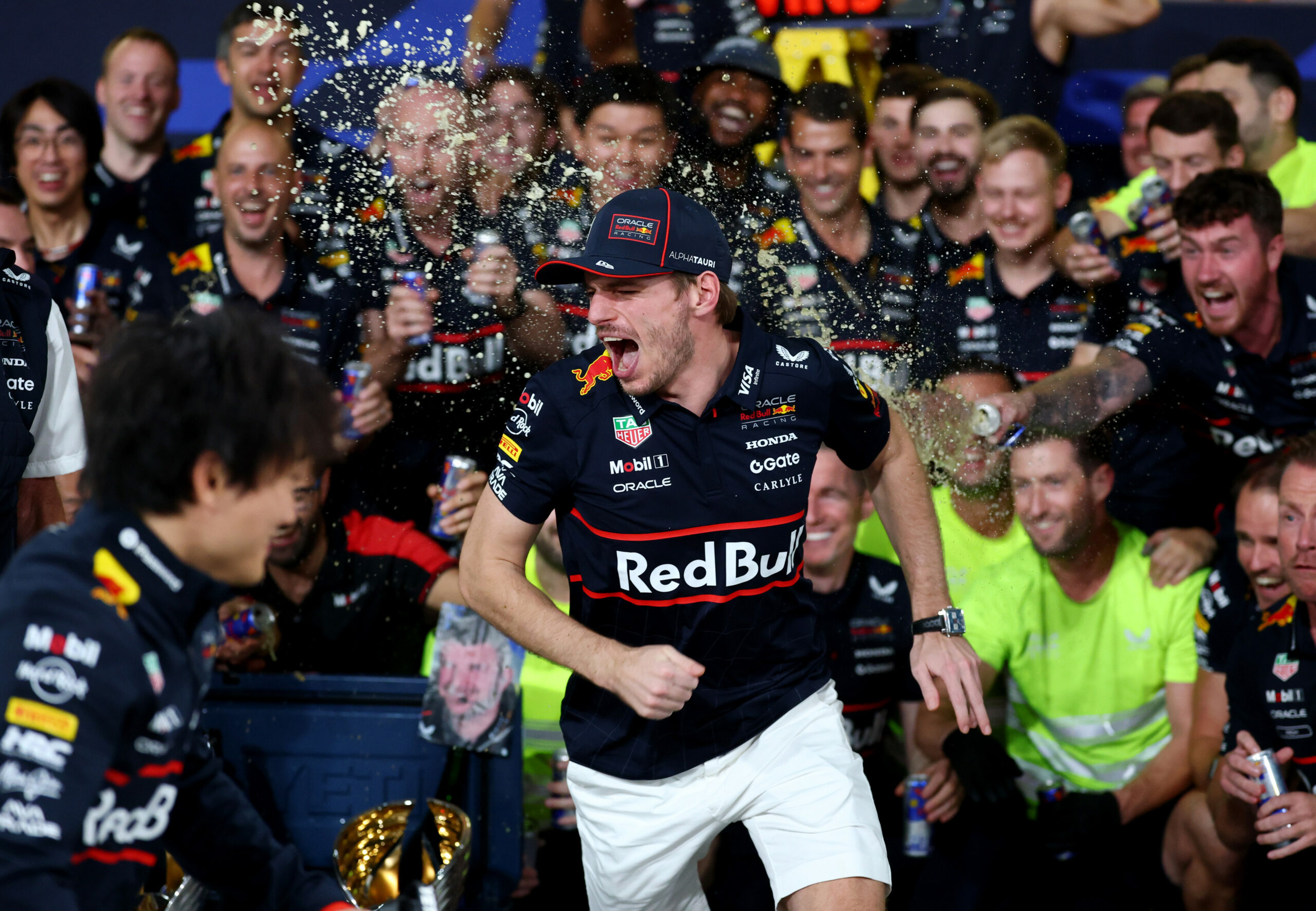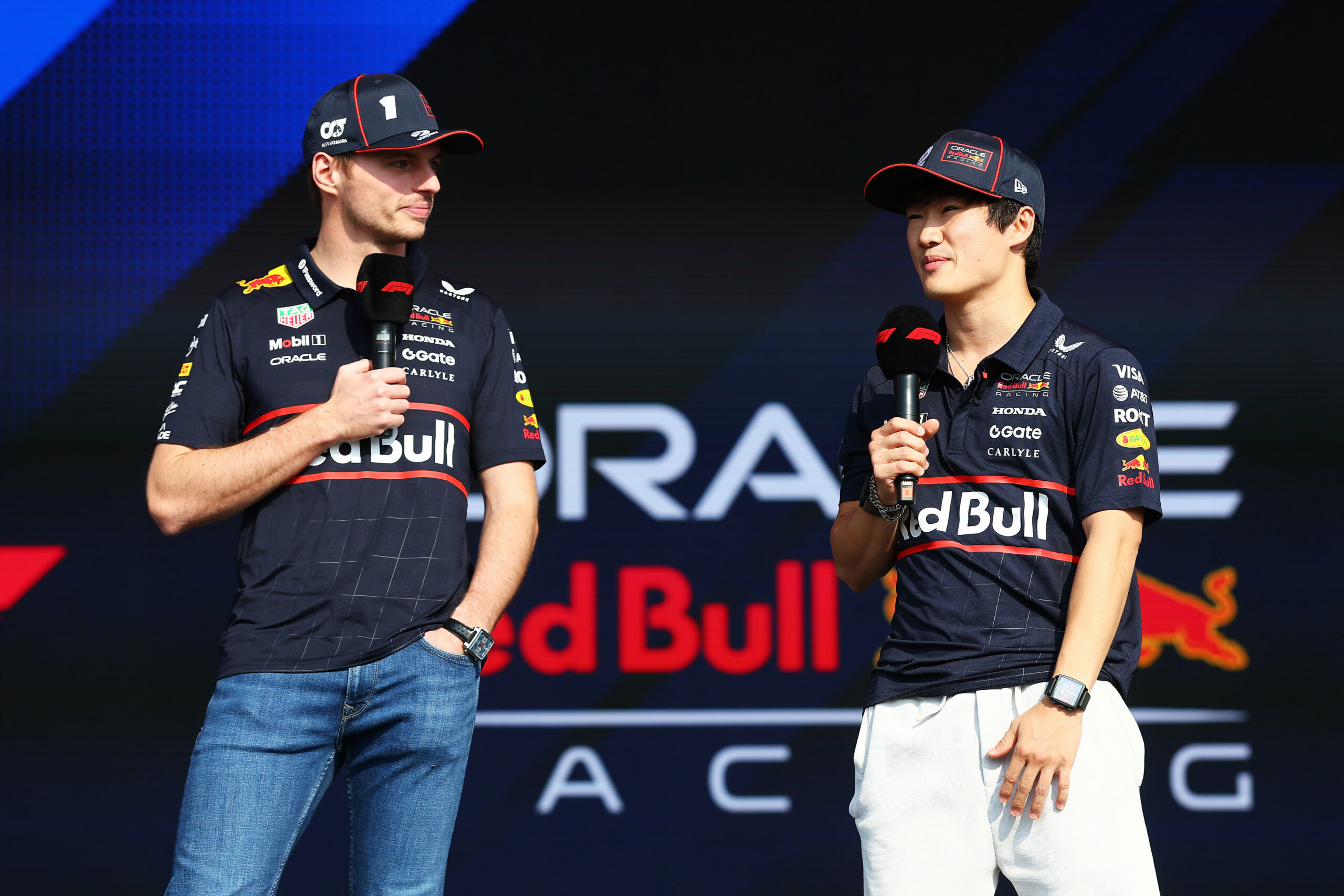The 2024 Dutch Grand Prix proved to be a challenging race for Mercedes, with the team struggling to replicate the form they had shown in recent races. Despite a promising qualifying session that saw George Russell secure fourth on the grid, race day delivered a disappointing result, with both Mercedes cars finishing outside the top five.
Both cars pitted twice, finishing a very distant P7 and P8 in the end.
Toto Wolff, Team Principal of Mercedes-AMG Petronas Formula One Team, expressed his frustration after the race in his written media session, acknowledging the stark contrast in performance compared to recent races.
Mercedes had won in Austria, Great Britain and Belgium recently, as well as strong pace in Canada. But it all disappeared in the Netherlands.
“These cars are sometimes a surprise box,” Wolff said.
“It’s six podiums in a row, and that doesn’t look like the car that three weeks ago was first and second. At least, first on merit.”
Wolff was clear that such a significant swing in performance required more profound analysis.
“And you can’t really end up with a result like this without any major factor playing in it. I think that’s something we need to analyse in the next few days.
“Was it because we put something on the car that didn’t help? Did we engineer something into the car that wasn’t good?
“And how do you justify these swings of performance that sometimes looked really good this weekend, and then obviously today that was, in terms of degradation, not very impressive.”
One potential factor contributing to Mercedes’ difficulties was the lack of practice time on Friday due to the weather conditions, which limited their ability to fine-tune the car’s set-up. Wolff acknowledged this when asked if the limited running time could have affected the car’s balance, with a new floor also on the W15 that was taken off after Friday at Spa.
“I think it was two factors. Back-to-back, the update kit on Friday, which at the end left us with not a lot of data.
“The update kit that we put onto the car in Spa on Friday and then took off again. And then obviously with the lack of running, like everybody else, maybe we didn’t decide the right things for the car. So there could be a few factors at play that contributed to this non-performance.”
When questioned about whether the floor was part of the problem, Wolff admitted, “Yeah, I don’t want to jump to conclusions too quickly because we’re going to look at it in the coming days and hopefully trying to find clues in the data.
“Like I said before, was it a set-up? Was it a track? What is it that we got wrong? Was it the floor that we put on the car? Was it all of this together? So hopefully, we can sort it out and be competitive again.”
Mercedes opted for a two-stop strategy during the race, but Wolff conceded that the team had limited choices due to significant tyre degradation.
“Our degradation was really bad,” he explained.
“We could have hung out there with a tyre that was going down and ended up P7, P8, Or just try the two-stopper and maybe catch Pérez or Sainz, which we didn’t at the end. So whatever we’ve done didn’t really work because of the car not being on the pace.”
As Mercedes heads back to the drawing board, Wolff emphasised the need for a thorough investigation into what went wrong. The stark difference in performance from one race to the next has left the team searching for answers.
“The swing in performance between P1, P2 and P7, P8, there’s a piggy in there. It’s not something that was a simple set-up decision by our team.”

